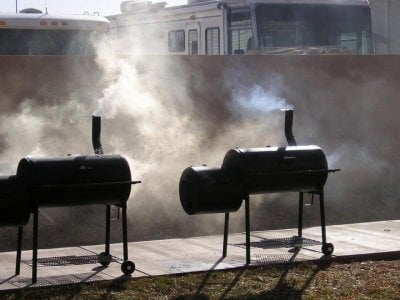H
Hachie Qer
Guest
Okay, I've been reading and learning about 2 weeks now and I see creosote mentioned from time to time. So, my questions are:
What are the main causes? Too much lit fuel/shut down intakes?:icon_sick
Which smoker types are most prone to the problem?
How do you know if you are producing creosote? :icon_smil(smoke color?)
Basically I want to know all about what causes it and how to avoid it especially in a NBBD or similar offset horizontal.
TIA
What are the main causes? Too much lit fuel/shut down intakes?:icon_sick
Which smoker types are most prone to the problem?
How do you know if you are producing creosote? :icon_smil(smoke color?)
Basically I want to know all about what causes it and how to avoid it especially in a NBBD or similar offset horizontal.
TIA

